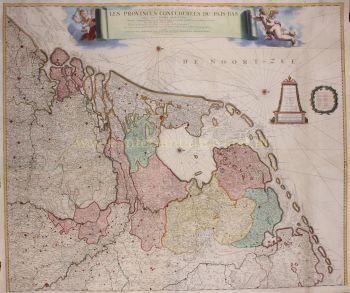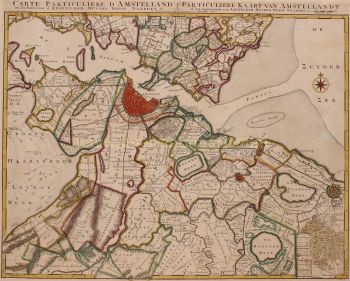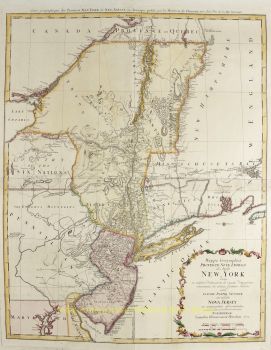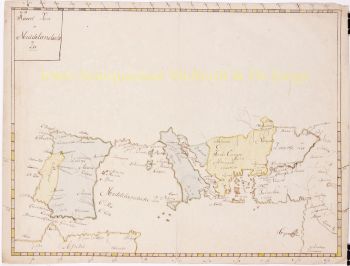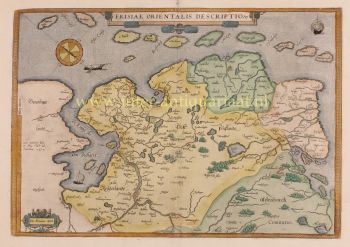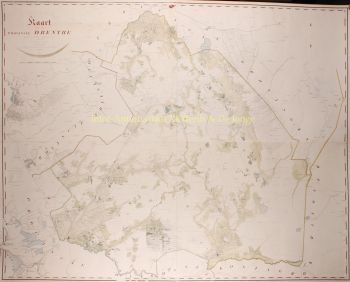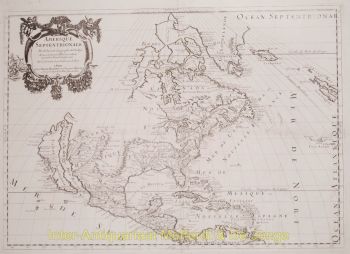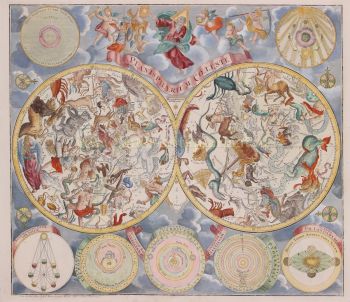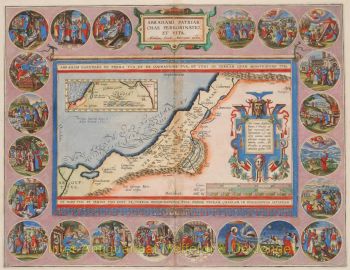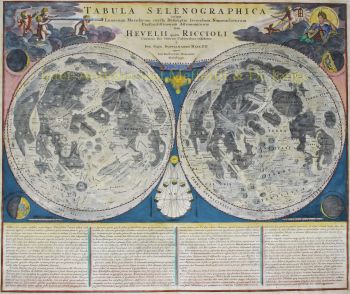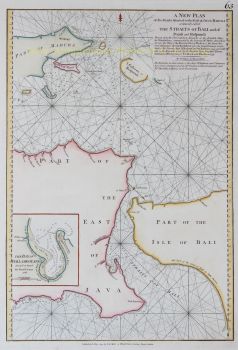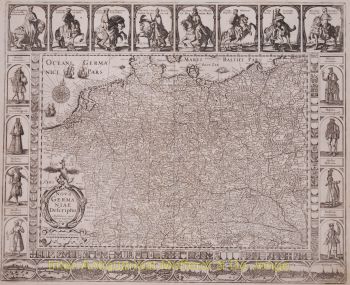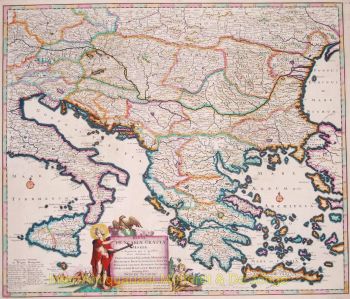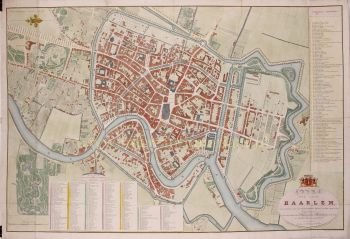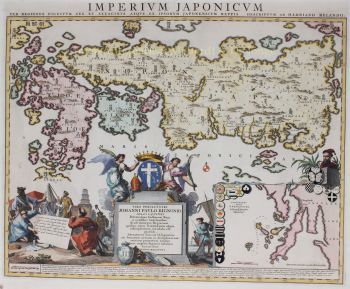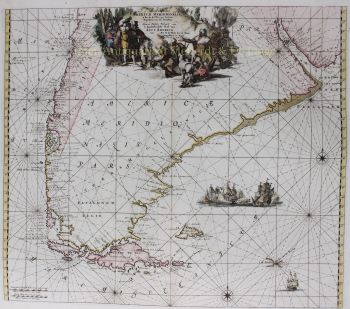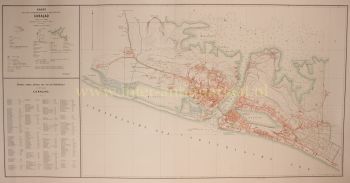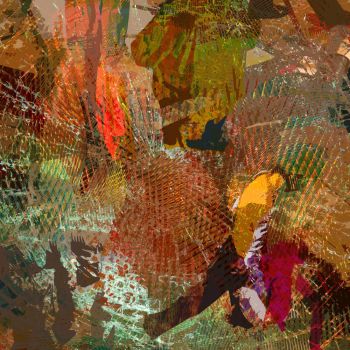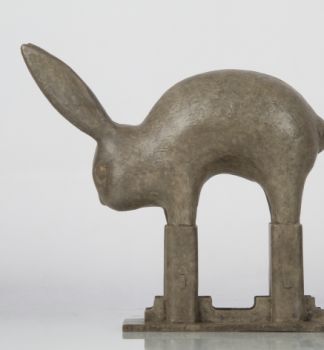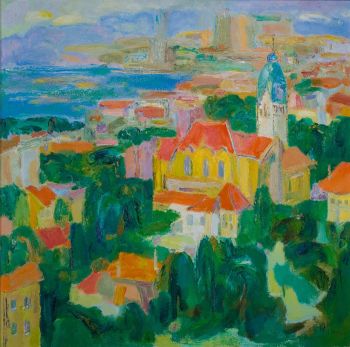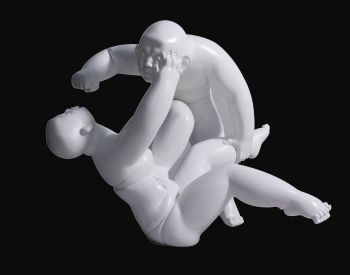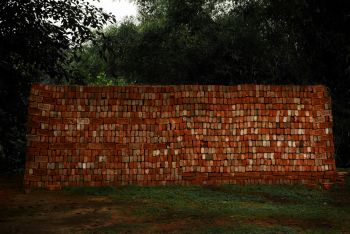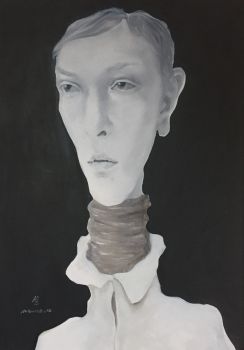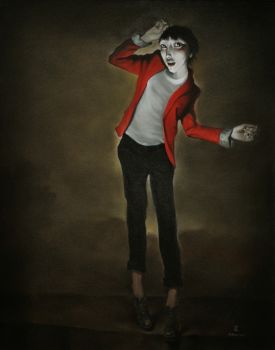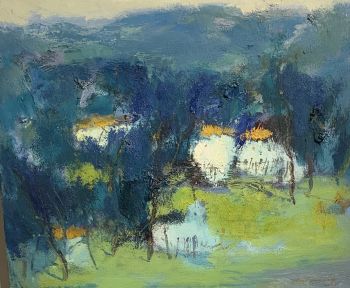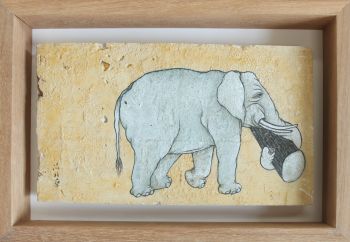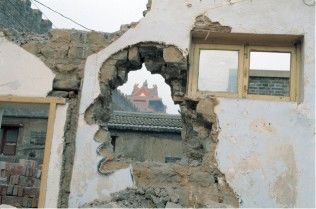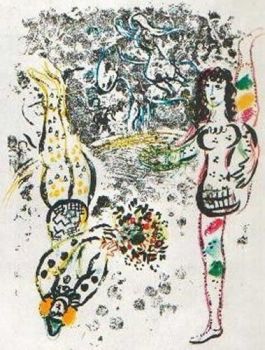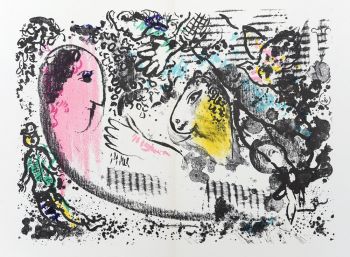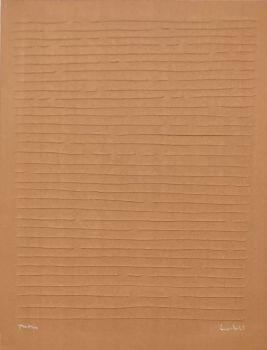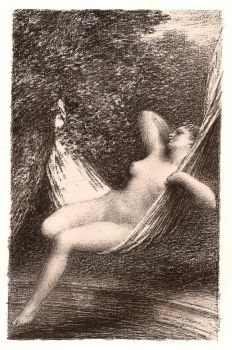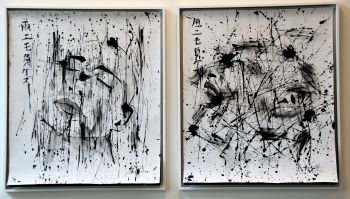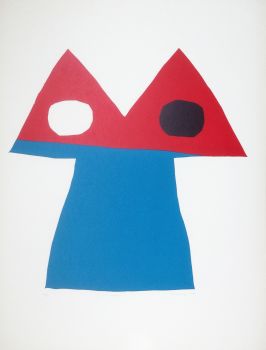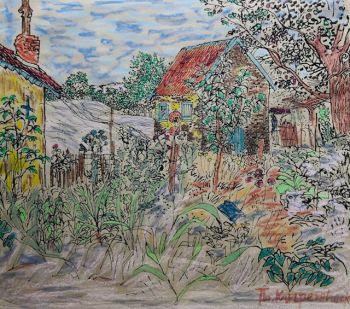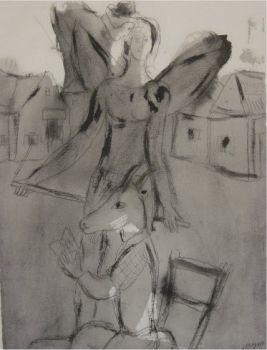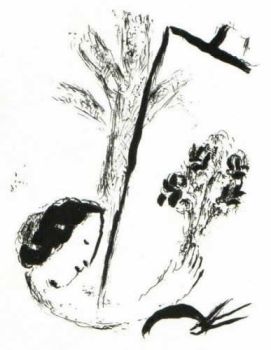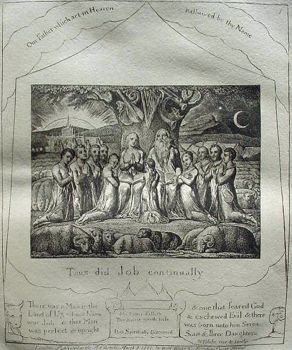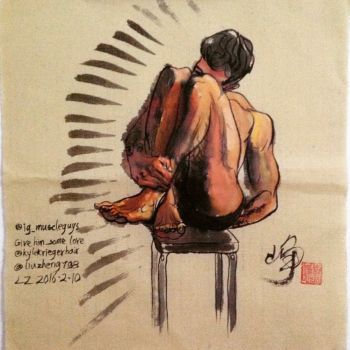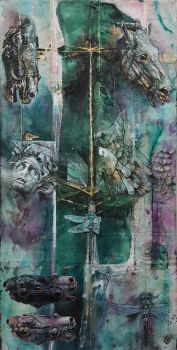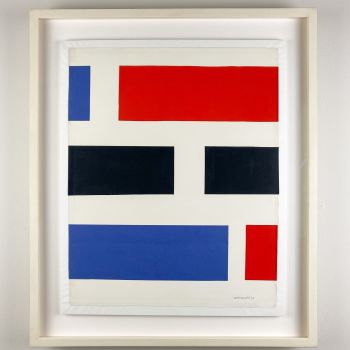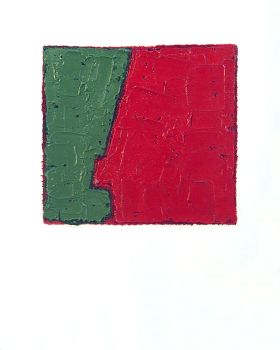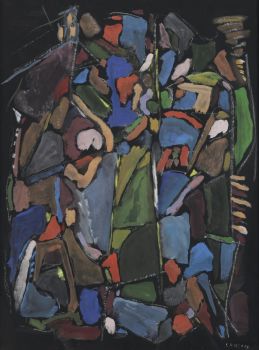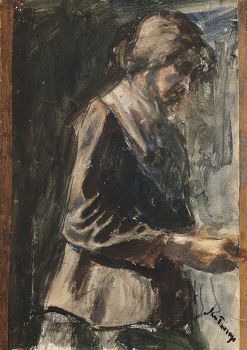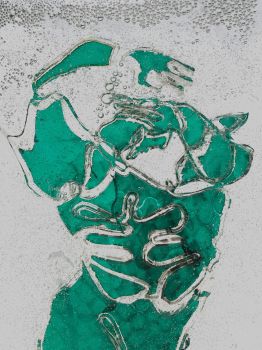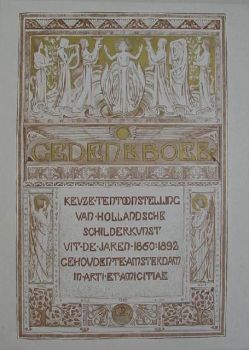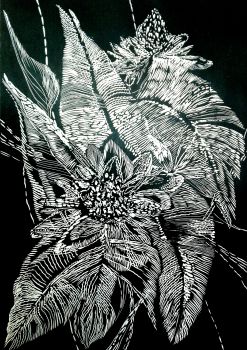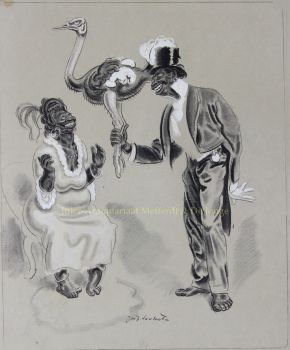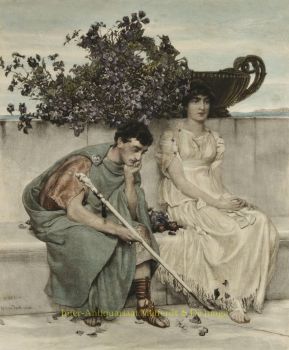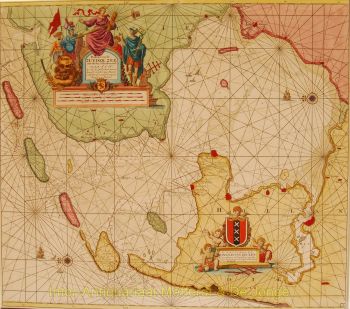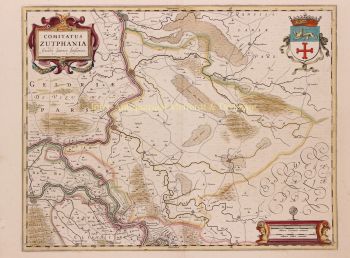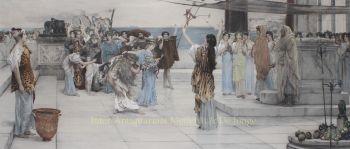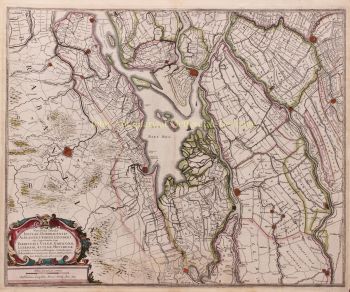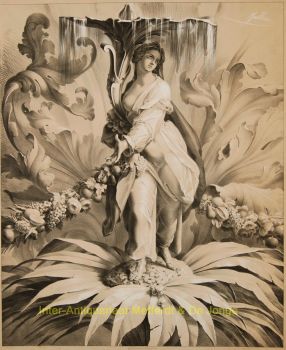China 1695
Covens and Mortier
Inter-Antiquariaat Mefferdt & De Jonge
- Sobre la obra de arte“Imperii Sinarum Nova Descriptio” [The Chinese Empire newly described]. Copper engraving published by Johannes Covens and Pieter Mortier around 1695. Verso: blank. Coloured by a later hand. Size: 46 x 59 cm. This great map of the Chinese Empire was based on the compilation of the Jesuit father Martino Martini who traveled through the region between 1643 and 1650. Martini was the Jesuit Superior in Hangchow, giving him access to indigenous and Jesuit surveys of all the regions of China. It was a period of great internal unrest and his was a perilous journey. He was able to travel inland to the Great Wall and for the first time determined with any scientific accuracy the astronomical position of many cities and topographical features. After establishing a mission in Zhejiang province he returned to Rome via Amsterdam, where he met publisher Joan Blaeu. Blaeu then prepared a group of eight maps covering China in great detail for the “Atlas Sinensis”, the first western atlas of China China is mapped with considerable accuracy for the period: the Great Wall is shown. The map incorporates the discoveries of Joao da Gama and Maarten Gerritsz de Vries. Korea for the first time on a European map is no longer depicted as an island but as a peninsula. The depiction of Japan follows a Portugese map by Christopher Blancus and Ignacio Moreira from 1617, but it is the first map to name and show Hokkaido (here “Ieso”) as an island to the north of Honshu. The map was first issued by Joan Blaeu, and then part of the plates acquired by Covens & Mortier at the end of the 17th century and re-issued with a new privilege by the Covens & Mortier firm. Price: Euro 1.450,-
- Sobre el artista
Covens and Mortier (1721 - c. 1862) fue una editorial de Ámsterdam, sucesora del extenso imperio editorial construido por Pierre Mortier (1661 - 1711).
El mapa de Covens y Mortier a menudo se critica como derivado, pero este no es completamente el caso. Pierre Mortier vivió en París desde 1681 hasta 1685. Allí estableció estrechas relaciones con los más grandes cartógrafos franceses de la época, incluidos De L'Isle y D'Anville.
Su modelo de negocio se basó en aprovechar la sofisticación y la tecnología de impresión holandesa para coeditar cartografía francesa de última generación. Tras la muerte de Mortier en 1711, su empresa pasó a manos de su hijo, Cornelius Mortier (1699 - 1783). Cornelius se casó con la hermana de Johannes Covens (1697 - 1774) en 1721 y, asociándose con su cuñado, estableció la firma Covens and Mortier.
Bajo el sello Covens and Mortier, Cornelius y Johannes continuaron con el modelo de Pierre de publicar las obras francesas más actualizadas con permiso. Rápidamente se convirtieron en una de las editoriales holandesas más grandes y prolíficas del siglo XVIII.
La empresa y sus sucesores publicaron miles de mapas durante un período de 120 años, desde 1721 hasta mediados del siglo XIX. Durante su larga vida, la firma Covens and Mortier publicó como Covens and Mortier (1721 - 1778), J. Covens and Son (1778 - 94) y Mortier, Covens and Son (1794 - c. 1862).
¿Está interesado en comprar esta obra de arte?
Artwork details
Related artworks
- 1 - 4 / 7
- 1 - 4 / 24
Jan Voerman sr
Still Life with flowers in a Chinese figurine1850 - 1900
Precio a consultarKunsthandel Pygmalion
Artista Desconocido
Series of 6 Chinese cups and saucers (Yongzheng period)1722 - 1735
Precio a consultarKuipers Kunst & Antiek
1 - 4 / 24André Lanskoy
Composition Abstraite (sur fond noir)20th century
Precio a consultarFrans Jacobs Fine Art
Antonie Derkinderen
Memory book Exhibition of Dutch Painting1892
Precio a consultarKunsthandel Pygmalion
1 - 4 / 24- 1 - 4 / 12


